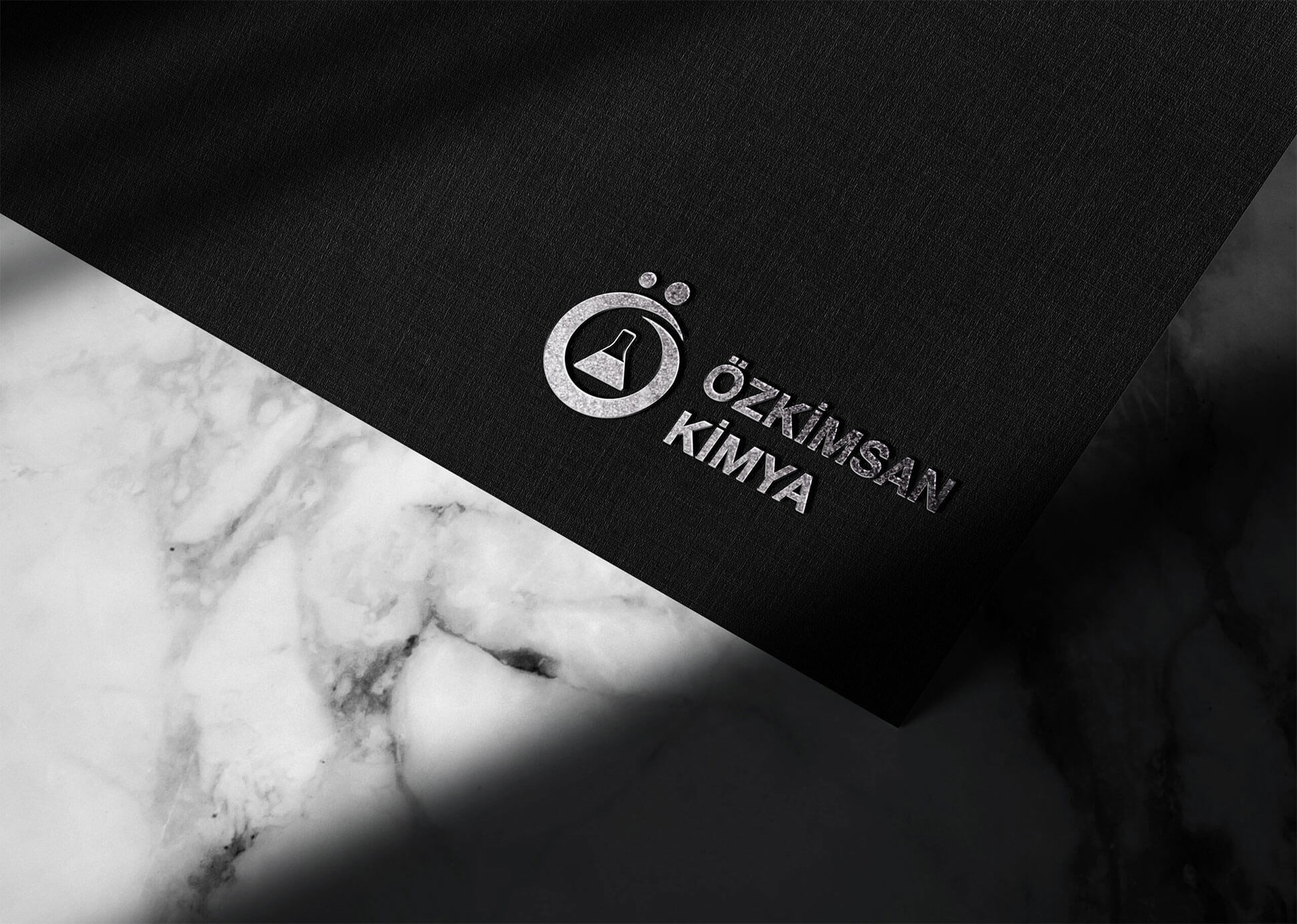
What is Sodium Silicate?
The general formula of sodium silicate is Na2 (SiO2) nO. The most well-known example is meta silicate and its formula is Na2SiO3. Sodium silicate is known as water glass or liquid glass. Silicates are widely used in the chemical and textile industry. The most commonly used examples are sodium silicate and potassium silicate. The purer ones of sodium silicate are colorless or white in color. It is usually found colorless. However, commercially used derivatives may contain colors such as blue or green.
Sodium Silicate Types
- 2 Module Sodium Silicate (36-50 Bome Range)
- Module Sodium Silicate (38-40 Bome Range)
Industries Using Sodium Silicate
The industry range in which sodium silicate is used is quite wide. The areas where sodium silicate is used are commonly used in the chemical industry, cement industry, textile industry and timber processing industry. It is also frequently used in automobiles and refractory machines.

Usage Properties of Sodium Silicate
Sodium silicate is colorless and clear in physical properties. It is known as water glass or sıvı cam liquid glass. In addition, the classification status may change depending on the crystal structure. Sodium silicate is mixed with water, it has a physical structure similar to syrup. Some sodium silicates may not be readily soluble in water. Some sodium silicates may not be readily soluble in water. Pressure must be applied to facilitate mixing of such sodium silicates with water. Sodium silicate is widely used in detergent production, ceramic and pottery making, fireproof paper production, wood industry, cement industry and clothing dyes in the textile industry.
General application fields of sodium silicate are as follows:
Production of silica gel
As an ink solvent
Ceramic production
Clothing dyes
In mining
Used for the hardening of concrete
Used as a rust solvent in cleaning materials.
What Are the disadvantages of Sodium Silicate?
In cases of direct exposure to sodium silica, it is possible to encounter some side effects. Mostly, the experienced side effects may be skin irritation, visual impairment, digestive system discomfort if swallowed. However, when paying attention to the conditions of use, it may not be possible to encounter a problem. When such problems are encountered, the first thing to do is to apply to a health institution. In case of contact with eyes, it should be washed with water for 15 minutes. In case of contamination of the clothes, the clothes should be washed before reuse.
Sodium Silicate Storage
Sodium silicate should be stored away from high temperatures and acidic materials. In addition, it should be stored in dry and cool places not in direct contact with sunlight.

How Sodium Silicate Is Used As Rust Remover
Rust removers containing sodium silicate provide an easier and more precise cleaning than other products. The product to be cleaned can be sprayed with the help of a spray bottle. After spraying, it is cleaned with clean water and rinsed with the help of a dry cloth.
After a sufficient amount of product has been put into a container, The substance to be cleaned can also be used by dipping into this container. After dipping, rinsing with clear water and drying can be done after waiting for about 10 minutes.

Warning: Undefined variable $user_n in /home/md0zkzwe/public_html/wp-content/themes/ozkimsan/comments.php on line 98